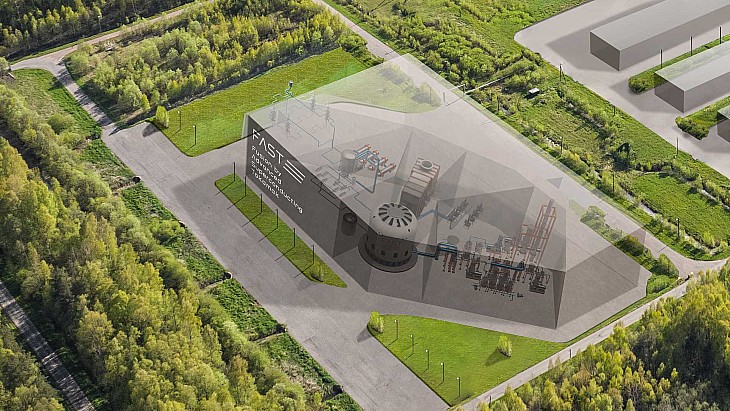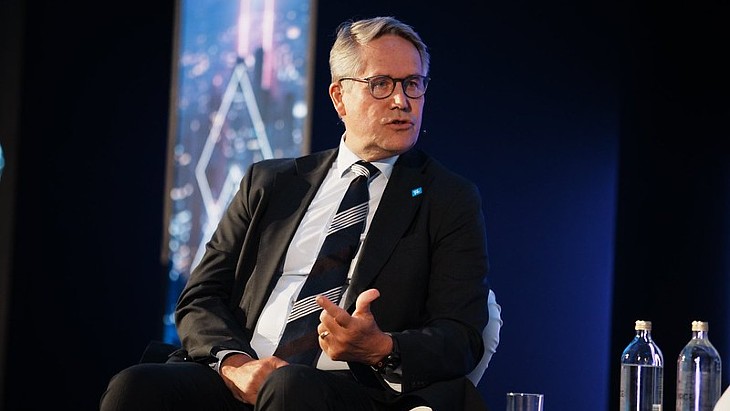JAEA submitted a detailed plan to decommission Monju, in line with the government's basic policy, to the Nuclear Regulation Authority (NRA) in December 2017. The plan comprises four stages. In the initial stage, JAEA will transfer all fuel to an on-site storage pool by fiscal 2022. In the second and third stages, the liquid sodium coolant will be extracted from Monju and related equipment will be dismantled. The reactor building will be demolished and removed by fiscal 2047 in the final stage. The NRA approved that plan in March this year.
JAEA has announced that work to remove the 160 fuel assemblies stored within the sodium-filled storage tank has now begun, following the completion of simulated training between 19 and 28 August. Removal of the first fuel assembly began at 10.30am today. Sodium will be washed away from the removed assemblies before they are placed in the new storage pool.
JAEA plans to remove one assembly per day and expects to have moved 100 assemblies from the storage tank to the pool by the end of this year. It also plans to start extracting some 760 tonnes of sodium from the reactor's secondary cooling system by year-end. This will be placed in the storage tank for later disposal. Some 960 tonnes of sodium from the reactor and the primary circuit will be removed at a later stage.
Work to remove the 370 fuel assemblies from Monju's sodium-filled core is scheduled to begin next year. These will be placed in the storage tank prior to being transferred to the storage pool.
A key part of Japan's nuclear energy programme, the 280 MWe Monju FBR in Tsuruga City, Fukui Prefecture, initially started in 1994. However, it was shut down after just four months when about 700 kilograms of liquid sodium leaked from the secondary cooling loop. Although there were no injuries and no radioactivity escaped plant buildings, the operator tried to conceal the scale of the damage. It eventually restarted in May 2010 but has not operated since refuelling equipment fell into the reactor vessel during a refuelling outage later that year. The equipment was subsequently retrieved and replaced but the NRA did not permit the reactor to restart. In November 2015, following concerns over equipment inspections, the NRA determined JAEA was not competent to operate the reactor. In December 2016, the government formally announced its decision to decommission the idled Monju reactor.
The decommissioning of Monju will take 30 years and cost more than JPY375 billion (USD3.7 billion), the government estimates. This includes JPY225 billion for maintenance, JPY135 billion for dismantling the plant and JPY15 billion for defuelling and preparations for decommissioning.

.jpg)



_82983.jpg)
_34792.jpg)
_16403_79272.jpg)


_76087_55556.jpg)



